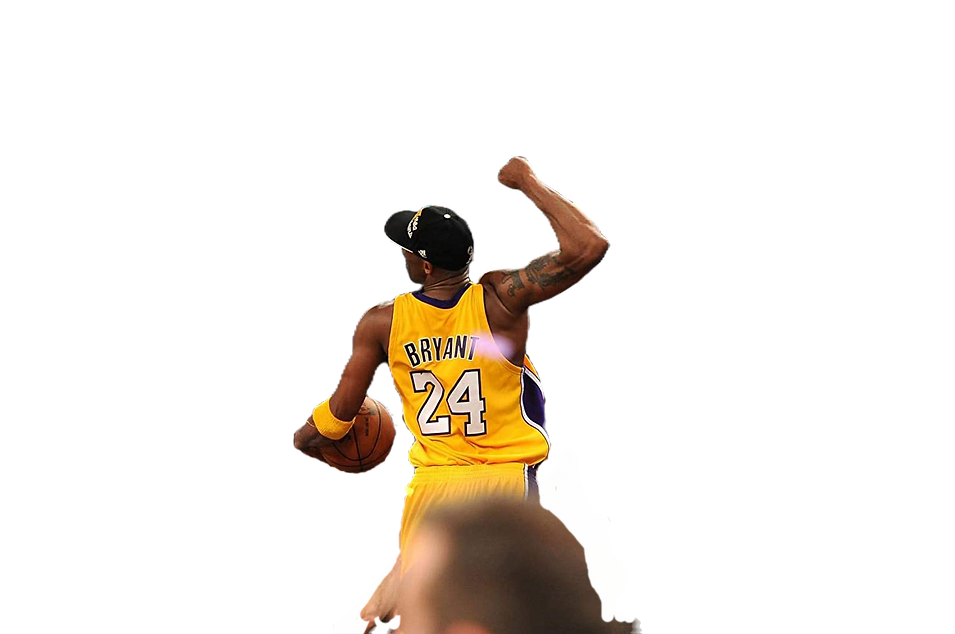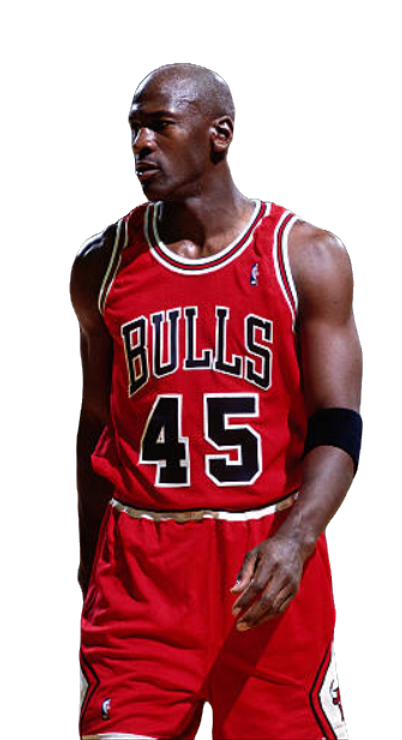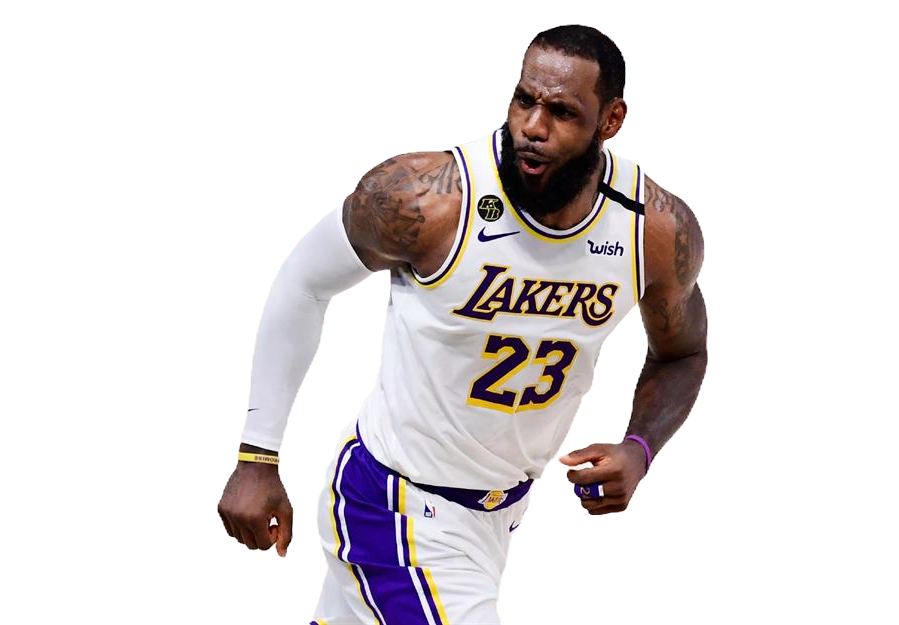

how to stretch in youth basketball
Hip Flexor Stretch:
Start in a lunge position with one foot forward and the other extended back. Lower your hips toward the ground, feeling a stretch in the front of the hip of the extended leg. Hold for 15-30 seconds and switch legs.
Why It Works: The hip flexor stretch is crucial for youth basketball players due to the sport's demand for quick accelerations, decelerations, and changes in direction. Tight hip flexors can lead to imbalances and an increased risk of injury. This stretch targets the hip flexors, promoting flexibility and preventing strain on the hip joint during dynamic movements.
Calf Stretch:
Stand facing a wall with one foot forward and the other foot back. Keep the back leg straight and bend the front knee. Press the heel of the back foot into the ground, feeling a stretch in the calf. Hold for 15-30 seconds and switch legs.
Why It Works: Basketball players frequently engage in explosive movements, including jumping and rapid changes in direction. The calf stretch maintains flexibility in the calf muscles, reducing the risk of injury and ensuring optimal function during dynamic play.
Quad Stretch:
Stand with feet hip-width apart. Bend one knee, bringing your heel towards your buttocks. Hold your ankle with the hand on the same side. Hold the stretch for 15-30 seconds and switch legs.
Why It Works: The quadriceps play a significant role in running, jumping, and quick sprints in basketball. Tight quads can lead to imbalances and an increased risk of strains. This stretch targets the quadriceps, promoting flexibility, reducing tension, and enhancing leg mobility.
Ankle Mobility Exercise:
Sit on the floor with legs extended. Point your toes and then flex them back toward you. Repeat the motion for 1-2 minutes, actively engaging the ankle joint.
Why It Works: Maintaining optimal ankle mobility is crucial for basketball players who frequently make lateral movements and sudden changes in direction. This exercise focuses on enhancing ankle mobility, reducing the risk of ankle sprains, and improving overall stability during quick shifts on the court.
Thoracic Spine Rotation Stretch:
Sit on the floor with your legs crossed. Place one hand on the opposite knee and the other hand behind you. Twist your torso, looking over your shoulder. Hold for 15-30 seconds and switch sides.
Why It Works: Basketball involves significant rotational movement in the upper body during actions like dribbling and shooting. The thoracic spine rotation stretch enhances flexibility in the mid-back area, promoting better rotational movement and reducing strain on the lower back, thus preventing injuries related to twisting motions in basketball play.
“Great things come from hard work and perseverance. No excuses.”
-Kobe Bryant








